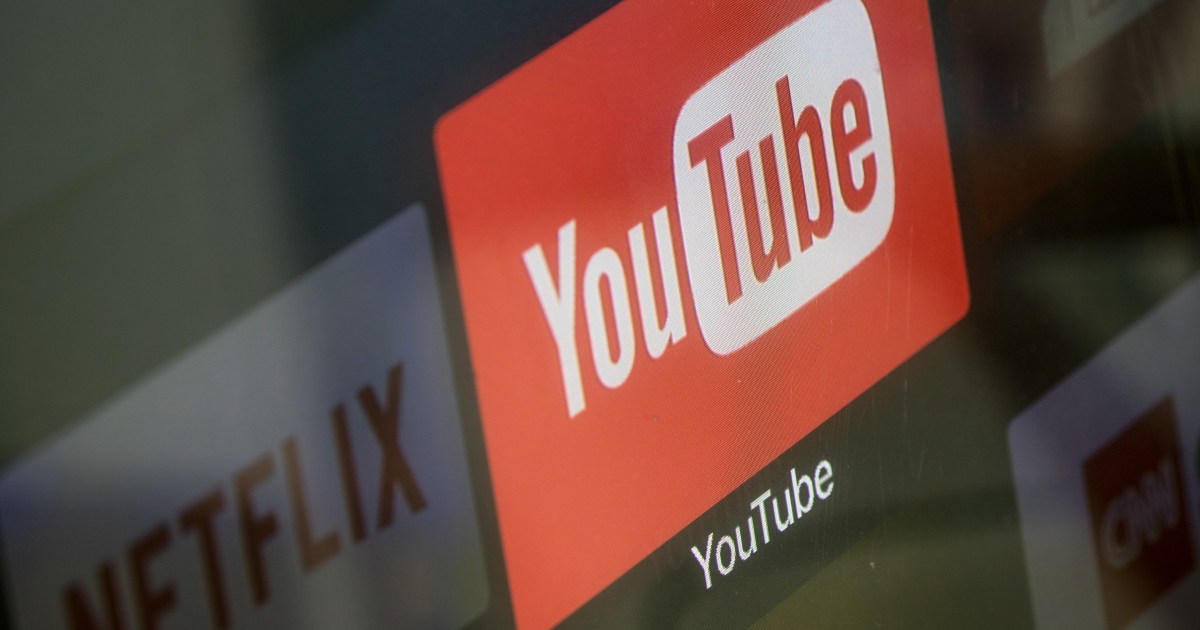A long time ago, people flocked to movie theaters to watch movies that actors and investors made money from, and some companies made big profits through marketing.
In his article published in the British Financial Times, writer Simon Edelstein said that this dynamic is no longer as strong as it used to be, as the changing media industry presents an interesting case, with more important lessons for investors.
More recently, Screen Time has become a mirror of the changing landscape of the industry.
The writer mentioned that not only has the number of media we use changed, but the way we perceive them has also changed.
Research by Oswich indicates that we spend an average of 241 minutes watching TV each day, 109 minutes on social media, 286 minutes online, and 75 minutes listening to music.
The film industry may have been steadily deteriorating, but the main reason for that is technology.
Streaming services have changed the economics of the industry, and televisions have evolved so much that the home cinema experience rivals that of movie theaters.
Nowadays, you don't have to sit next to a stranger to watch your favorite movie and you can stop the movie to go to the bathroom or make a smoothie, yet the cinema still retains some charm.
The writer explained that the Covid-19 pandemic has changed the dynamics of this industry even more, as it showed that people are willing to pay extra for watching a new version of any content at home.
Movie ticket sales may begin to rebound in 2021, to $21.3 billion globally, but they are not half their pre-pandemic level, according to the Film Association of America.
Closures have brought that number down and delays in production and releases have dented ticket sales this year.
The writer wondered whether the film industry would fully recover?
The industry seems less attracted to the individual film industry now.
Stars can still attract crowds and make huge profits when making their own films, while supporting new faces is a risky process.
Studios may prefer to produce a series of more than 10 episodes with a movie based on it if the work is successful.
Live broadcasts can attract an audience of about 1.3 billion viewers, which is much larger than that of Western cinemas.
This explains why major movie studios restrict themselves to streaming services or creating their own content.
In an environment where broadcasting has increased our appetite for such material, some may imagine that producers are making abundant profits, but in fact this sector faces many challenges, including: Intense competition between production companies.
For example, this month Paramount Global launched its Paramount Plus service in the UK, to compete with Amazon Prime Video, Disney Plus, and NOW. TV "Now TV", "Netflix" and others.
Disney has always been one of the best companies in maximizing the returns of any good movie, and Pirates of the Caribbean was filmed because it provided a great ride in the Disney parks.
But with Disney creating its live streaming platform Disney Plus, it needs to reach beyond the family business audience, which explains its production of Pam and Tommy and Dubcek.
Netflix is just starting to capitalize on its gaming successes, and it has tapped into the data needed to figure out which movies its subscribers are watching and which are a waste of money.
Now it can target investment more effectively and support profits, even if the platform loses more subscribers.
It should be noted that there are other steps that can be taken to improve its profits beyond preventing users from sharing passwords.
Time Warner suffered from mismanagement, but has now been merged with Discovery Channel to become Warner Bros. Discovery, with its content streamed via HBO Max ( HBO Max).
This service will become available in the UK in 2025, but which users have the ability to subscribe to another service?
Apple and Amazon can imitate Netflix as software makers, purchasers, and commissioners, but that doesn't make them media companies.
The writer emphasized that screen time is one of the most important drivers of this sector, as it represents 12% of our investment portfolios.
Netflix may have hurt us, but other carriers have done well in the past three months.
Singapore Telecom is up 3%, KBIN is up 7%, Nippon TT is up 11%, and AT&T is up. ) by 17%.
In other words, investors are making money not from the content providers but from the companies we all depend on to access that content.
For this reason, the profits of sectors that are experiencing turbulent times can be volatile, and they may generate disappointing profits despite their rapid growth due to the fierce competition in this sector between production companies.

